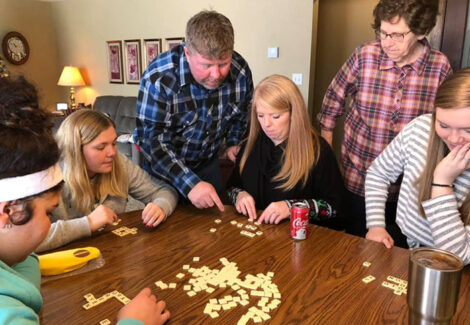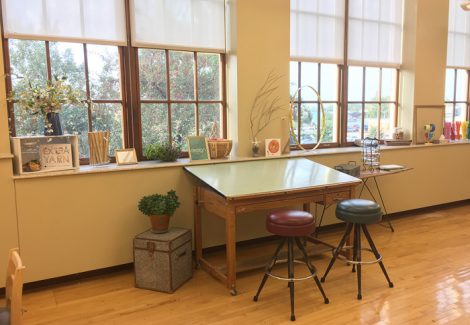As children, we are awestruck by the worlds and characters woven into the stories that we hear. Stories provide us with doses of magic that remind us to keep our curiosity alive and to find wonder in the everyday. As an adult, sometimes we let ourselves stray away from that world, focusing on the many tasks we need to accomplish. But the stories, fables, and tall tales that we hear as children provide us with so much more than we realize.
Storytelling has been an art form since the beginning of humanity. Often told through rhyme and sing-song tones to help listeners remember, stories are an integral part of the human experience. Stories are our first teachers, showing us new ways to think and providing us with a moral compass. The power of stories is that they give us a pathway to explore possibilities, realistic and otherworldly, without worry of repercussion. Through the eyes of these characters, we can learn empathy and see a new side or situation that we may not have been exposed to otherwise.
Not only is there power in hearing stories, but there is also power in telling or retelling stories.
Not only is there power in hearing stories, but there is also power in telling or retelling stories. Storytelling provides cognitive benefits like improving verbal skills and comprehension. It also provides emotional benefits as it allows the storyteller a chance to address problems and emotions that otherwise may have gone unresolved. Through telling their own stories, children are encouraged to find their own voice and develop confidence.
At the Children’s Museum of South Dakota, every exhibit offers a space to tell a new story. Thousands of loose parts are scattered throughout the museum just waiting to be brought to life, and each day provides the opportunity for a new story to be told. But rich storytelling can happen within your own home too.
Below are a few practices we use at the museum to encourage storytelling:
- Provide opportunities for dramatic play. Costumes are great for this, but if you do not have access to costumes, don’t worry! Kids are masters at looking at materials differently – provide things you have on hand, like hats, scarves, or even your old clothes.
- Respond with open-ended questions as your child talks. “What happened after….” Or “Tell me more about…”.
- Let your child be the guide. By letting your child guide where the story goes, you may learn about something your child has had on his mind.
- Be open to sharing your own story. As much as children love telling their own stories, they also love listening to stories. If you aren’t sure where to start, use a classic story as a guide. Your child will be sure to chime in with new additions to any story she is familiar with.
Storytelling is not only an important part of childhood, but it is an important step in developing community. As said by Jimmy Neil Smith, the Director of the International Storytelling Center, “We are all storytellers. We all live in a network of stories. There isn’t a stronger connection between people than storytelling.”



